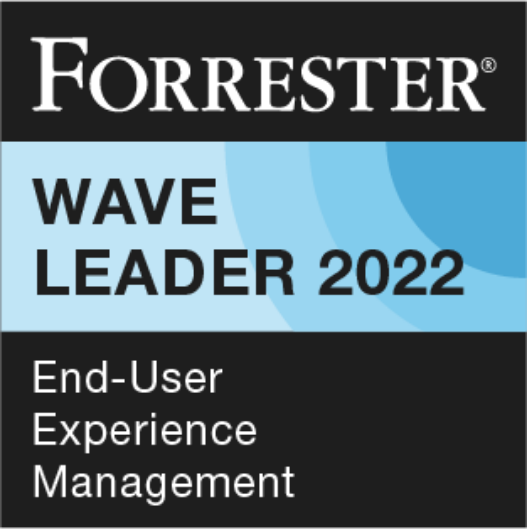When it comes to software vendor audits, most people rattle off the likes of IBM, Microsoft, Oracle or SAP. Rarely do people mention Attachmate audits. However, when the Attachmate name comes up, you tend to hear how aggressive they are when it comes to enforcing their license terms and conditions.
First, a bit about Attachmate. Attachmate* is part of Micro Focus, a UK-based organization. Attachmate grew by many acquisitions, most notably WRQ, NetIQ, and Novell. Given that Attachmate did not grow organically, but through acquisition, their licensing records tend to be incomplete – and even when provided – may not provide the organization an accurate picture of all entitlements.
Based on personal involvement with several organizations undergoing an Attachmate audit, there are three key things I have learned and want to share with software asset managers.
The timing of Attachmate audits
Similar to other vendors, Attachmate conducts audits on selected customers every two years. I have seen Attachmate audit the same customer every two years. As I have written before, the audit frequency only changes when Attachmate does not get the financial return they expected. Alternatively, I have been informed that Attachmate will sometimes wait to audit a customer until the fines and penalties add up to make their audit pursuit worthwhile (see item two).
Attachmate remuneration
I’ve come from the vendor side of the equation – developing the audit letter, conducting audits and helping vendors mature their programs. Vendors deserve to be paid for their products and services. However, Attachmate seems to take more to their wallet than other vendors. In addition to collecting (at list price) the alleged unlicensed software identified by Attachmate, they also attempt to collect lost interest (at 18%) and maintenance fees for any software believed to be unlicensed. I have seen Attachmate basing their demand not on install date of the unlicensed software, but based on when Attachmate released that software to the general public! This may mean that the Attachmate demand may go back far longer in time than when the software was installed.
Accurate data
All of this calls for the need for accurate data, not just of the installed Attachmate software, but entitlement records for Attachmate (and WRQ, NetIQ, Novell).
- Recommendation on installed software: Attachmate products like Reflection (terminal emulation) tend to be forgotten about since they are speaking to legacy systems – things not front and center on most IT agendas. However, given the propensity for Attachmate’s aggressive audit posture, those organizations with Micro Focus Attachmate would be wise to include Attachmate (Micro Focus) when rattling off vendors who audit, and ensure an up-to-date inventory of installed software.
- Recommendation on entitlements: Given that Micro Focus is so acquisitive, it is important to keep your records of all licensing focused communications, contracts, and entitlements. Keeping entitlement records is a natural extension of the SAM manager – but a record of licensing focused communications may not be. I have seen situations where organizations have gotten support from Attachmate to fix a particular problem – only to have Attachmate at a later time say that support fix was not part of the license (due presumably to the absence of documentation). I am not saying Attachmate does this intentionally, but given the M&A activity, it’s best you keep your records and refer to them when necessary. Finally, the SAM manager needs to let Attachmate know of your organizations M&A activity – companies you may have acquired to help ensure your entitlement records match to what Attachmate provides.
- Unused Attachmate software: It is critical that the SAM manager, who may be preparing for an Attachmate true-up, review and remove unused Attachmate software as part of business as usual – well before the audit. This automated Reclaim process is something 1E recommends for all desktop software. However, it is not so simple as just removing the software. The asset manager must look for remnant files and registry entries left from the removal and ensure those too are removed. For some Attachmate titles, I recommend doing a clean install with full logging, and a standard uninstall and then searching for remaining files – and then removing them too. A script can be created from this process, and execution of that script can be automated using AppClarity.
From the feedback received from one of my previous blogs about Adobe ending its audit program, and frankly, the excitement about that news, SAM Managers should see this as a cautionary tale not to get too comfortable; there has yet to be a wholesale change in vendor audit tactics.
Bottom Line: 1E has worked with various organizations helping them defend against Attachmate audits. Through those audits, we have learned that it takes solid data as described above to beat Attachmate at their own game. We can provide the insight necessary to help you achieve a finding a more favorable outcome for you. We typically assist the organizations we work with to close out audits spending 80% less than Attachment’s original audit report findings.
*Note: Just before publishing this, I found the following text on Micro Focus’ annual report: “We have simplified our branding such that we are now using the Micro Focus and SUSE brands and have broadly “retired” the Novell, Attachmate, NetIQ and Borland brand names.”







